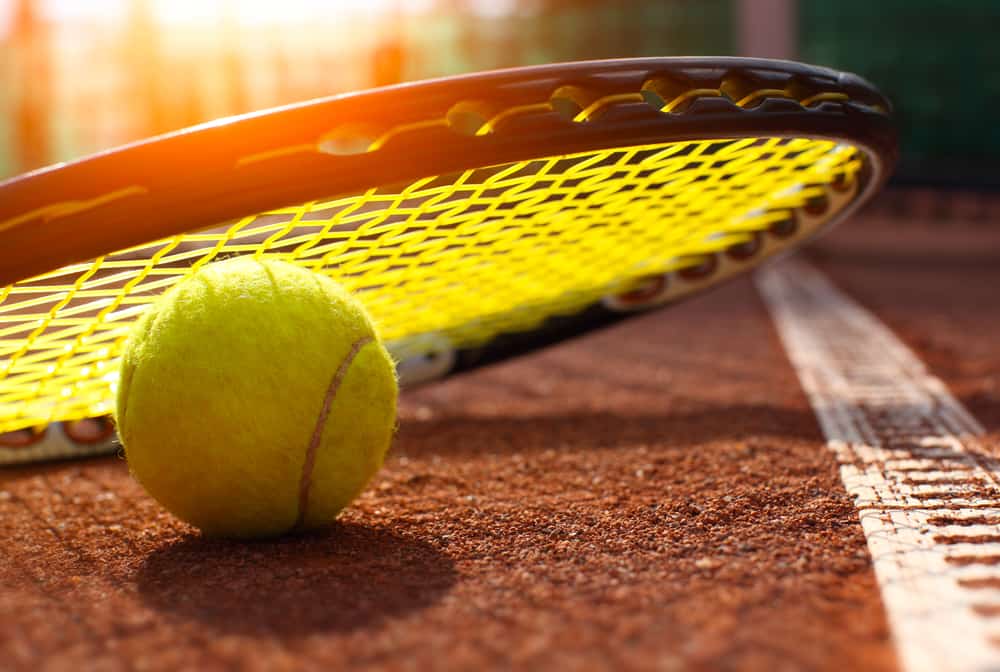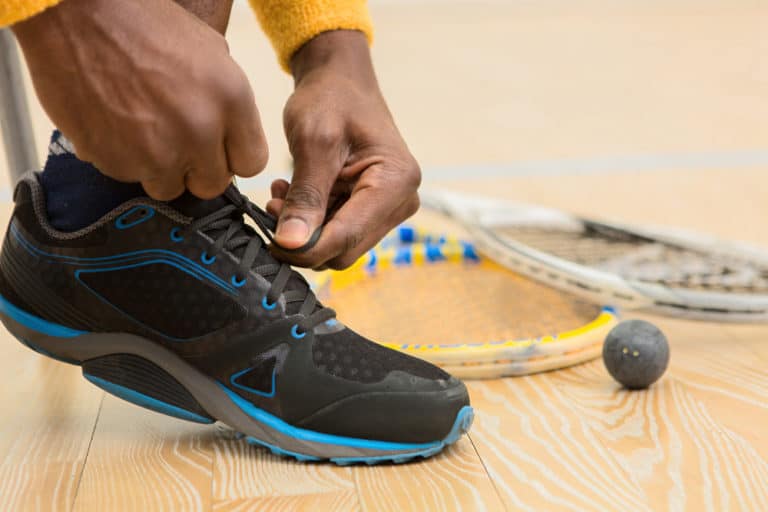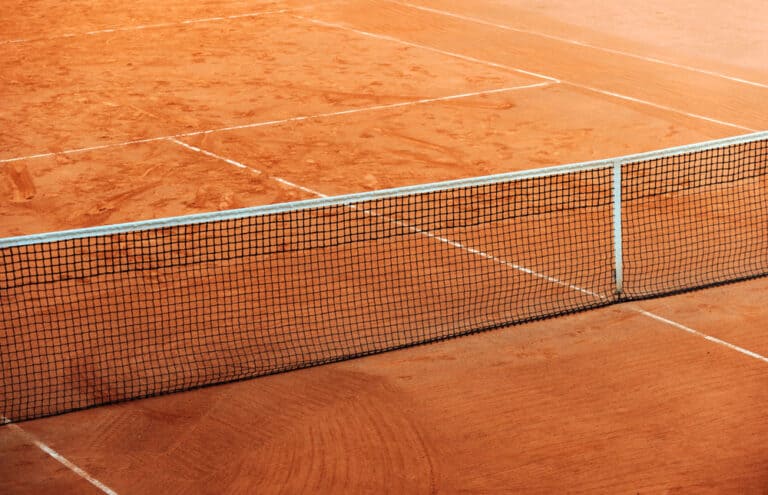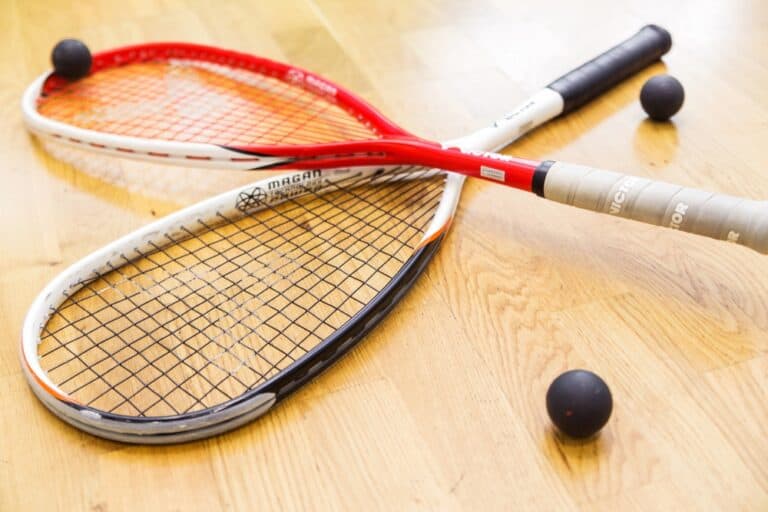Why Do Tennis Balls Go Flat?
Tennis players know the dead ball phenomenon all too well. Balls can go flat quickly due to a short session of vigorous play, or new balls can go flat after being removed from their sealed packaging and exposed to normal air pressure for a few weeks. There is a simple explanation for why tennis balls go flat.
Tennis balls go flat because the pressurized air inside the rubber core leaks out. This loss of internal air pressure translates to a decline in bounciness. Once tennis balls leave their pressurized containers, they start to go flat. The process is speeded up by getting squashed during play.
From the outside, most tennis balls look pretty similar. But older balls don’t bounce as well as new ones, and buying new ones can become costly if you play regularly. Let’s find out more about why tennis balls go flat and how to know if they are still useable.
Why Do Tennis Balls Go Flat?
A pack of new tennis balls makes a popping sound as it is opened. They can stay perfectly bouncy in their cans for years, but the balls slowly start to go flat when they are opened. This is because cans are pressurized to keep balls new and bouncy until you are ready to use them.
A tennis ball is made of two identical thick rubber halves, molded together and covered in colored felt. The hollow core is then pumped full of air, or a mix of air and nitrogen. A tennis ball is basically a trapped ball of high-pressure air inside a rubber bubble.
The problem with holding air at a pressure greater than outside inside a sealed shell is that molecules will desperately try to escape. The rubber inner core of tennis balls does have a low permeability to gas molecules, and it does a great job holding them inside for a while, but eventually, they do leak out, and balls get flat.
When a fresh tennis ball hits the ground or a racquet, the pressurized air inside is suddenly squashed inward—the air inside the ball pushes back, which creates the bounciness. The pressure inside a new ball is about 27 pounds per square inch compared to only about 13 pounds per square inch on the outside. This imbalance in air pressure gives a tennis ball its distinctive high bounce.
Tennis balls slowly go flat and lose their bounce because high-pressure air inside the ball escapes. Think of a tennis ball like a balloon. When it is pumped up, the material is taut, and the pressure inside is high. However, molecules are constantly escaping even if the balloon is tied closed. Eventually, the pressure on the inside will equal the outside air pressure.
By keeping tennis balls in sealed, pressurized containers, the pressure on the outside of the balls matches the pressure inside the balls. So, while the balls remain sealed inside their original airtight packaging, they can be stored indefinitely. But, like opening a can of fizzy drink, the gas inside the balls immediately starts trying to escape once you open the tab.
It is best to open new tennis balls on the court to be as fresh and bouncy as possible. They are usually good for around two weeks after the can is opened, but much less if they are played hard. Unless you play a hard match, you will be able to reuse your balls several times before they become dead.
How To Know When A Tennis Ball Is Dead
Hitting a flat tennis ball that can’t deliver a proper bounce won’t make for good hitting quality, no matter how excellent your style is. If you are not using new balls, check all the balls before you start playing to remove any that are flat and unplayable.
When assessing tennis balls that are still good for play, take note of the following:
- Squeeze test – if you can pinch the sides of a ball together while squeezing it in your palm, the ball is too flat. New balls feel taut and hard with no give.
- Bounce it – use a new ball to compare how high it bounces. Hold one ball in each hand and drop them from the same height. Compare the amount of bounce left in the old ball to decide if there’s still some play left in it.
- Listen – a dead ball’s sound is significantly different from a pressured one. It may need a trained ear, but one can often detect a tired thud sound on contact.
- Overall appearance – Check the outside felt covering of the tennis balls. The more they have been used, the smoother they tend to become.
Just because a used ball doesn’t perform as well as a brand new one doesn’t mean it must be discarded immediately. Used balls that still have some life left in them still work well as practice balls.
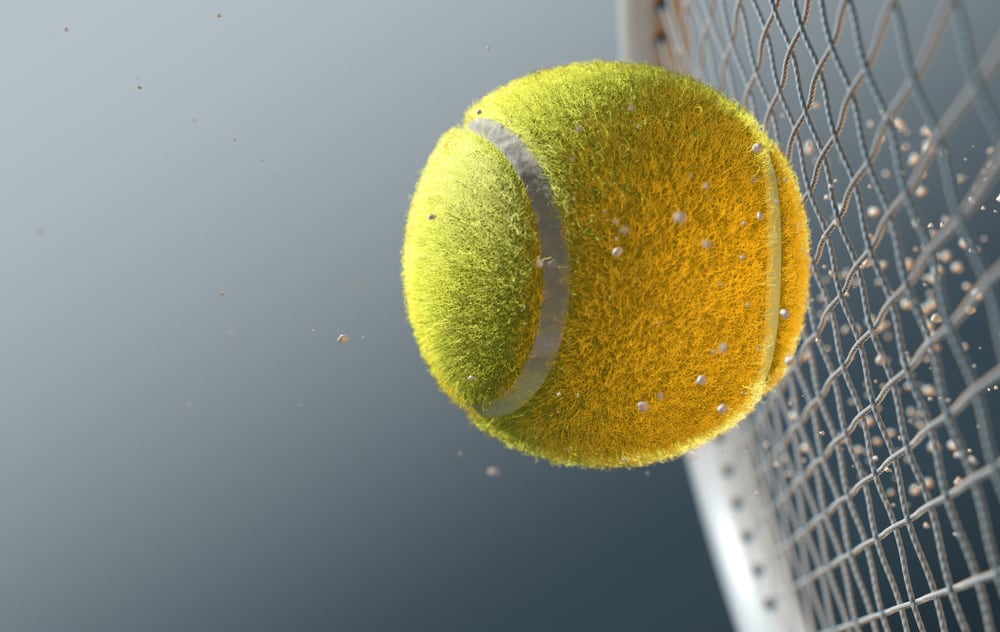
What Are Pressureless Tennis Balls?
Not all tennis balls have a hollow, pressurized, air-filled core. A pressureless closed-cell of foam was devised to add durability to balls that would last significantly longer without getting flat.
They get their bounce from the rubber coating on the outside rather than from the air pressure inside. Over time, they may start looking a little worn as the felt layer wears off, but they will actually gain bounce as more rubber hits the court.
Pressureless balls work well for beginners, ball machines, and general practice. Since they are solid inside, they are a little heavier than regular balls, but they will most certainly last for longer, and you won’t have to keep buying new balls. Although these balls are great for beginners, they aren’t usually used for matches as they are heavier, and some tennis players find them harder to play.
Conclusion
Tennis balls go flat because they lose pressure in the rubber core inside the ball. When pressurized balls are manufactured, air is pumped in. They gradually lose their bounce and become flat as the air escapes from the ball. This can happen quickly, like during hard play, or it will take place naturally over a period of around two weeks from when they are removed from the original sealed, pressurized container.

